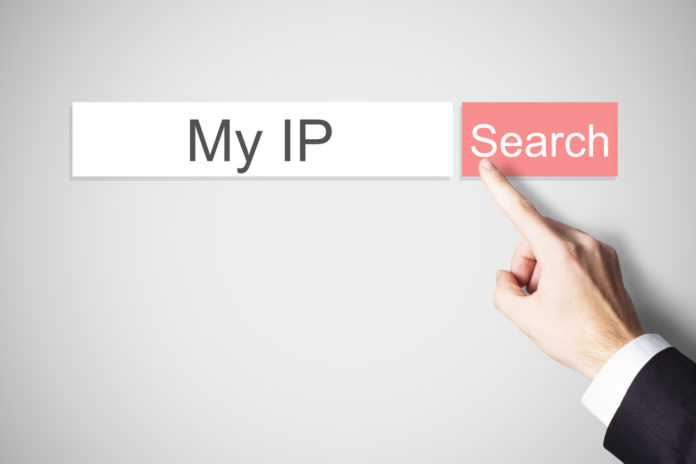
IP is short for Internet Protocol. In fact, it is a protocol (one could speak of a language) which allows computers to exchange information. Provided, of course, that they are on the same network. This notion of the network being a little more complex, will be developed in the following part.
IP addresses may be different from what you actually have, but the principle remains the same. As we can see, an ADSL modem/router distributes IP addresses to all the network equipment that connects to it (by wire or wifi). All the IP addresses delivered to each of the devices are very different.
An IP address is a unique number allowing a computer to communicate in a network. There cannot be multiple computers with the same IP address in the same network.
We can compare the IP address to a telephone number: there cannot be several telephones with the same number, otherwise, I let you imagine the mess when you want to call someone!
In a network, it’s the same, computers could not communicate with each other if several of them had the same IP address. (Besides, if you try to put an IP address already in use, your computer instantly displays a warning). This IP address is tied to the computer’s network card (wired or wireless network card). A computer with multiple network cards can have multiple IP addresses.
How Do Computers Get Their IP Address?
Using the network’s DHCP server. The computer automatically obtains an address when it connects to the network. In this case, we speak of a dynamic IP address. (it’s the majority of cases, and it’s probably like that for you now)
What is my IP address? Visit IPCost helps find you your IP address and location
What Does An IP Address Look Like?
IPv4: This is the standard you find at home.
In the current operating mode (in IPv4), an IP address is presented in this form: xxx.xxx.xxx.xxx
(xxx being a number from 0 to 255) Here are some examples of IP addresses: 192.168.2.12, 154.2.10.1, 25.62.21.26, 1.2.3.4, 250.251.252.253
To know which network an IP address belongs to, you also need a mask. The number of IP addresses being limited from 0 to 255 = 256 possibilities. That is (256 x 256 x 256 x 256 ) = 4,294,967,296 available addresses.
A new standard in sight: The IPv6 standard.
IPv6 addresses are of the form xxxx:xxxx:xxxx:xxxx:xxxx:xxxx:xxxx:xxxx. Where xxxx is a number from 0 to FFFF (because yes F is a number in hexadecimal which is worth 15, so FFFF in hexadecimal = 65535 in decimal stop, an example of an IPv6 address: 7FE9:8AC6:0067:5FE8:0512:A4C8:F78C:7ACB.
Misconceptions about IP Addresses
-
An IP address alone does not make it possible to know the network to which it belongs because it must be associated with a mask: it is the whole that makes it possible to calculate the network.
-
The IP address of your home network is not issued by your Internet Service Provider (ISP). It is delivered by your router.

